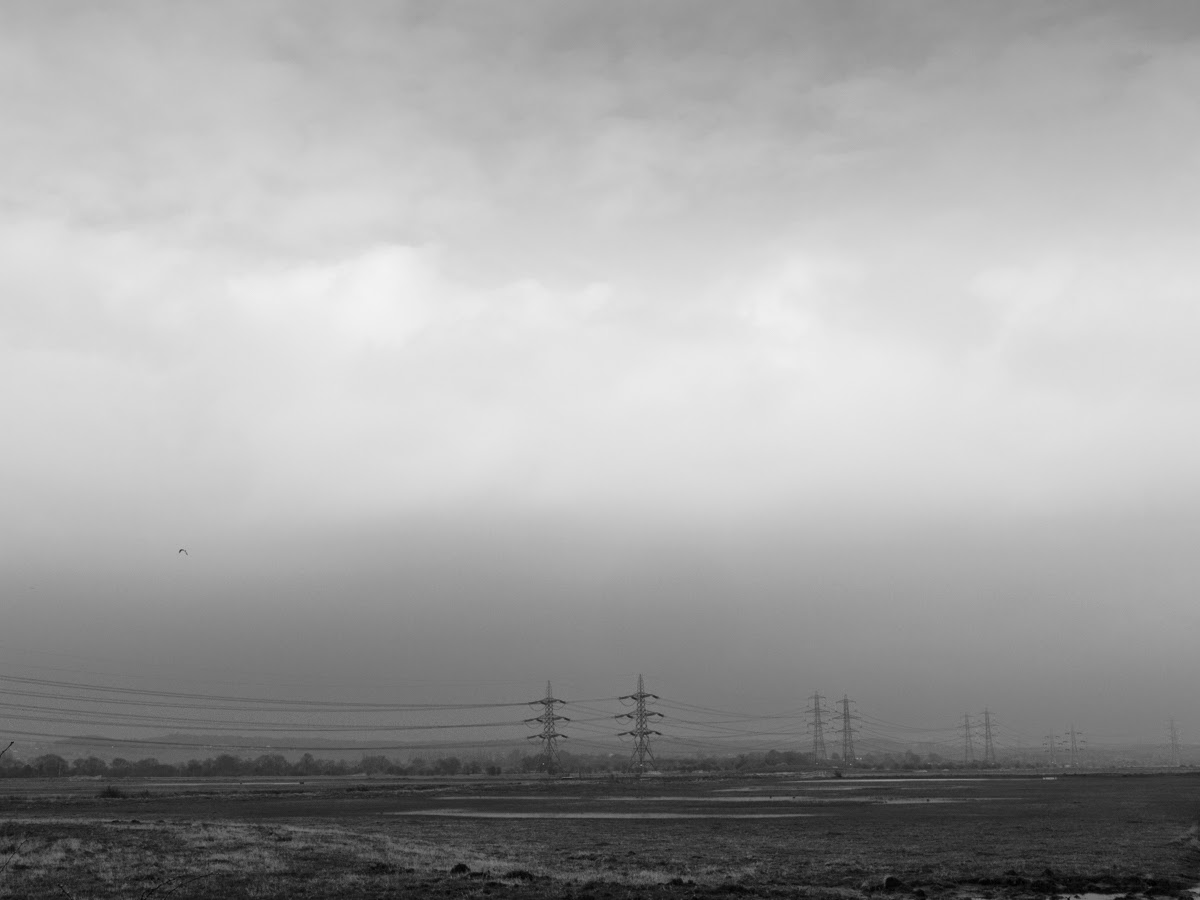Balcombe to Horsham via St Leonard's Forest

Low dark cloud raced across the sky as I left Balcombe station. The rain came down and there were no photos. A few miles later, into Nymans Woods, it clears up suddenly and swiftly. The forest floor blazes golden brown, a thick carpet of beech and oak leaves. It's starting to feel like summer but the trees are still bare. Only the holly, ivy and moss provide shocks of green. It's been mostly dry for a couple of weeks and the going is easy, There's little mud on the footpaths and much of the route is on metalled or gravelly bridleways. Through the village of Handcross, bisected by the six thundering lanes of the A23, then diving back into lush lanes, between green banks scattered with primroses. Deepest Sussex, about as bucolic as you can get in the south east. At times you do feel quite far away from it all. The sun is strong, the going is easy, and I'm covering ground fast. Iron was worked in the Weald from prehistory to the 18th century. As the industry grew it needed...
